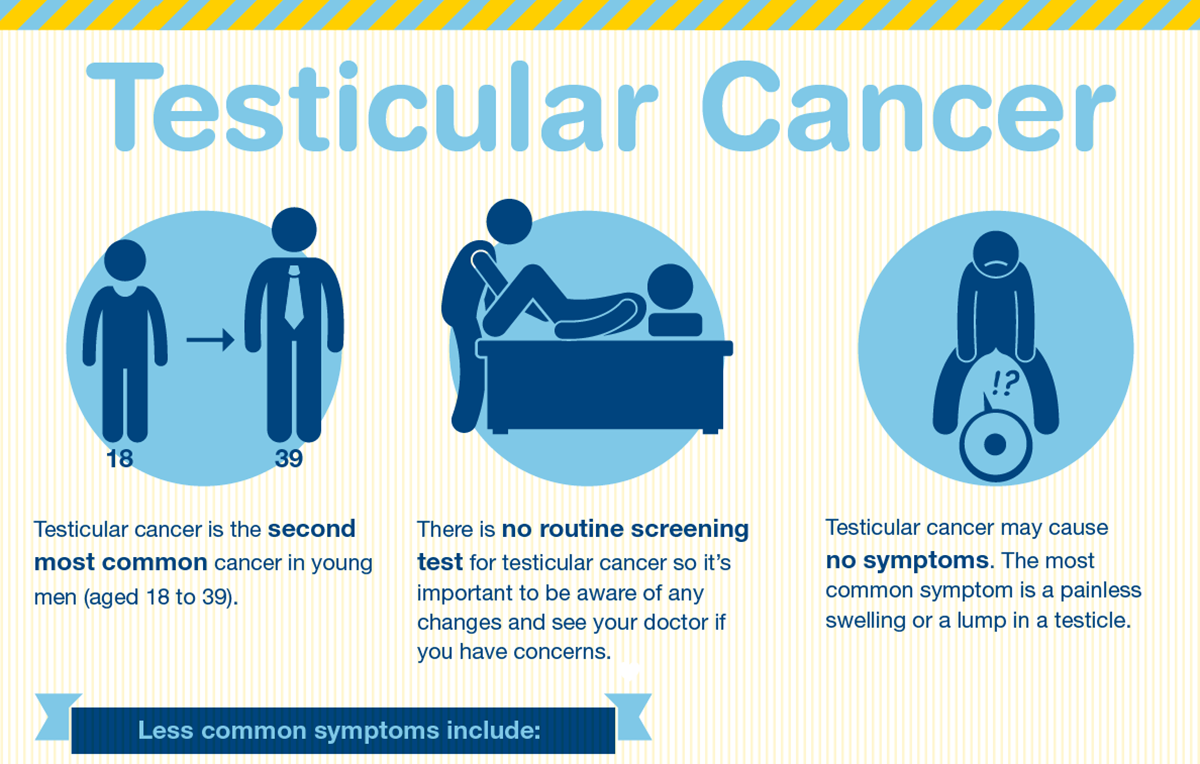Morgan Spurlock’s Cancer Diagnosis: What Type Of Cancer Did Morgan Spurlock Have
What type of cancer did morgan spurlock have – Morgan Spurlock, the renowned American filmmaker, was diagnosed with testicular cancer in 2006 at the age of 36.
Spurlock’s cancer was discovered during a routine medical checkup. He had been experiencing some pain and swelling in his testicle, but he initially dismissed it as a minor issue. However, his doctor recommended an ultrasound, which revealed a tumor.
Symptoms
The symptoms of testicular cancer can vary depending on the stage of the disease. In Spurlock’s case, the cancer was detected at an early stage, and he experienced only mild symptoms, including:
- Pain or swelling in one or both testicles
- A lump or mass in the testicle
- A feeling of heaviness or pressure in the scrotum
- A dull ache in the lower abdomen or back
If you experience any of these symptoms, it is important to see a doctor right away. Testicular cancer is highly curable when detected and treated early.
Treatment and Recovery

Morgan Spurlock underwent an aggressive treatment plan to combat his cancer. The primary focus of his treatment was to remove the cancerous tumor and prevent its spread.
The treatment plan included a combination of surgery, chemotherapy, and radiation therapy. Each of these treatments played a crucial role in Spurlock’s recovery.
Surgery
The initial step in Spurlock’s treatment was surgery to remove the cancerous tumor from his liver. The surgery was successful in removing the primary tumor, but it also revealed that the cancer had spread to other parts of his liver.
Chemotherapy
Following surgery, Spurlock underwent chemotherapy to kill any remaining cancer cells. Chemotherapy is a systemic treatment that uses powerful drugs to target and destroy cancer cells throughout the body. Spurlock received multiple rounds of chemotherapy, each lasting several weeks.
Radiation Therapy
In addition to chemotherapy, Spurlock also received radiation therapy to target the remaining cancer cells in his liver. Radiation therapy uses high-energy radiation to kill cancer cells and shrink tumors. Spurlock received radiation therapy for several weeks, typically on a daily basis.
Challenges and Side Effects
The treatment plan that Spurlock underwent was challenging both physically and emotionally. He experienced a range of side effects from the treatments, including fatigue, nausea, hair loss, and weight loss. Additionally, the emotional toll of the diagnosis and treatment was significant.
Despite the challenges, Spurlock remained determined to fight his cancer. He drew strength from his family and friends, and he used his experience to raise awareness about the importance of early detection and treatment.
Cancer Awareness and Advocacy

Morgan Spurlock has been an active advocate for cancer awareness and support. He has leveraged his platform to raise awareness about the importance of early detection, prevention, and support for cancer patients.
Involvement in Organizations and Campaigns
Spurlock has collaborated with various organizations dedicated to cancer support and research, including the American Cancer Society, Stand Up To Cancer, and the LIVESTRONG Foundation. He has participated in fundraising events, public service announcements, and educational campaigns to spread awareness about cancer and its impact.
Perspective on Early Detection and Prevention
Spurlock emphasizes the crucial role of early detection in improving cancer outcomes. He encourages regular screenings and checkups, as well as lifestyle modifications that reduce cancer risk, such as maintaining a healthy weight, engaging in regular exercise, and limiting tobacco and alcohol use. Spurlock believes that early detection and prevention are key to reducing the burden of cancer and improving the lives of those affected by it.
Impact on Lifestyle and Career

Morgan Spurlock’s cancer diagnosis had a profound impact on his lifestyle and career. He underwent a radical change in his diet, exercise routine, and work schedule. Emotionally, he experienced a rollercoaster of emotions, including fear, anger, and uncertainty.
Dietary Changes
Spurlock adopted a plant-based diet, eliminating all animal products from his meals. He also began juicing regularly and consuming large amounts of fruits and vegetables. These dietary changes were aimed at improving his overall health and reducing the risk of cancer recurrence.
Exercise Routine, What type of cancer did morgan spurlock have
Spurlock incorporated regular exercise into his routine. He began practicing yoga, swimming, and cycling. Exercise helped him manage stress, improve his mood, and boost his energy levels.
Work Schedule
Spurlock took a break from his filmmaking career during his treatment. He wanted to focus on his health and recovery without the added stress of work. However, he continued to work on writing projects and speaking engagements related to cancer awareness and advocacy.
Emotional Impact
Spurlock’s cancer diagnosis was an emotionally challenging experience. He struggled with fear, anger, and uncertainty. He also experienced anxiety and depression at times. However, he found support from his family, friends, and medical team. Through therapy and meditation, he learned to cope with his emotions and develop a positive outlook.